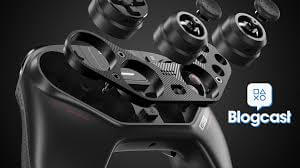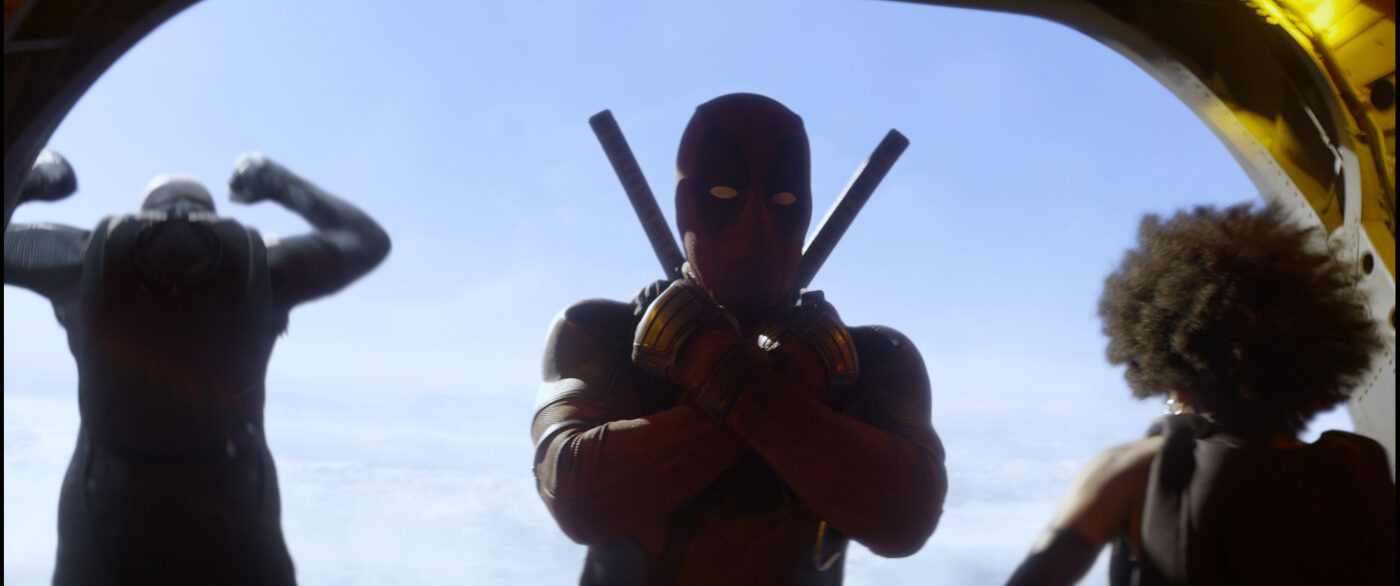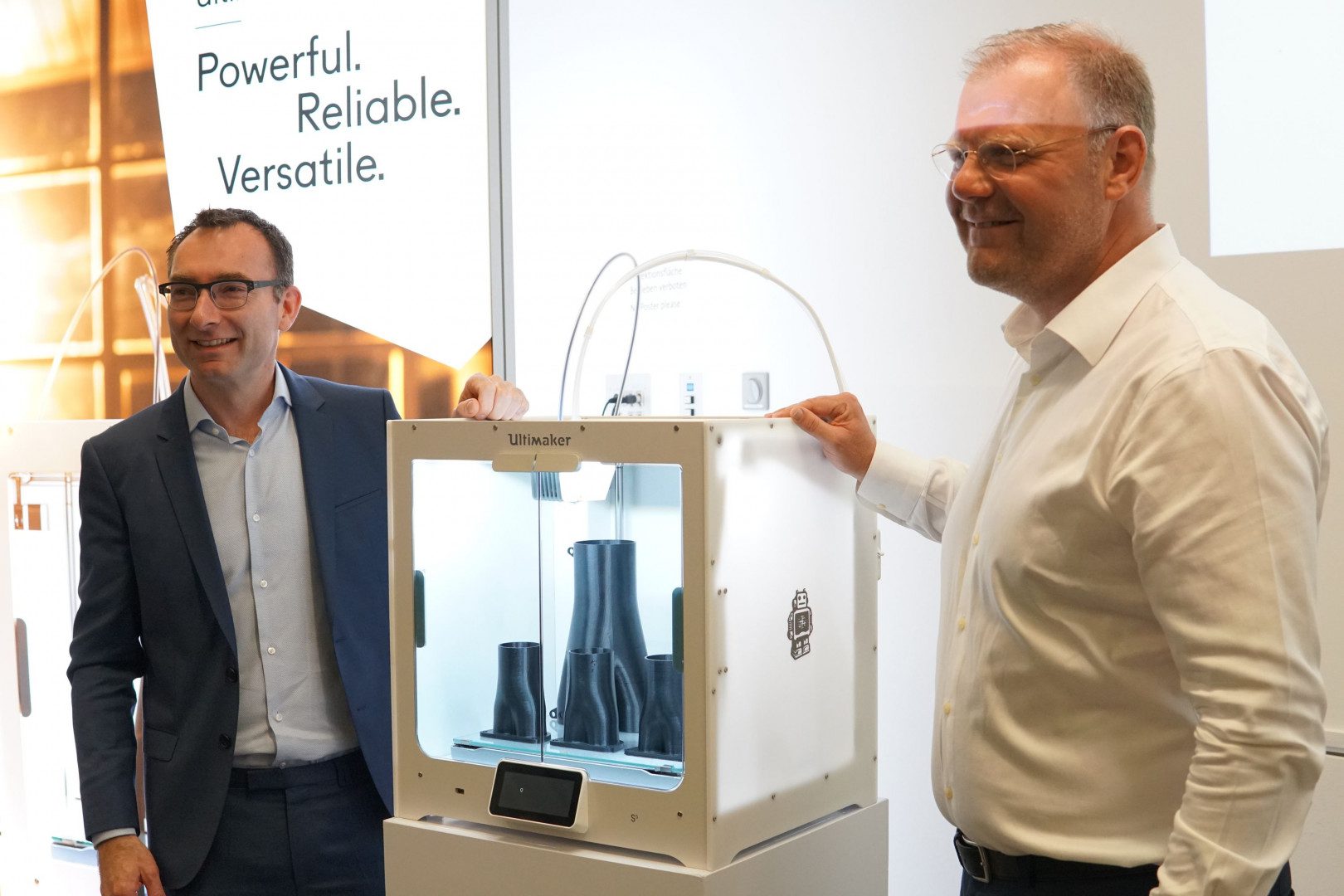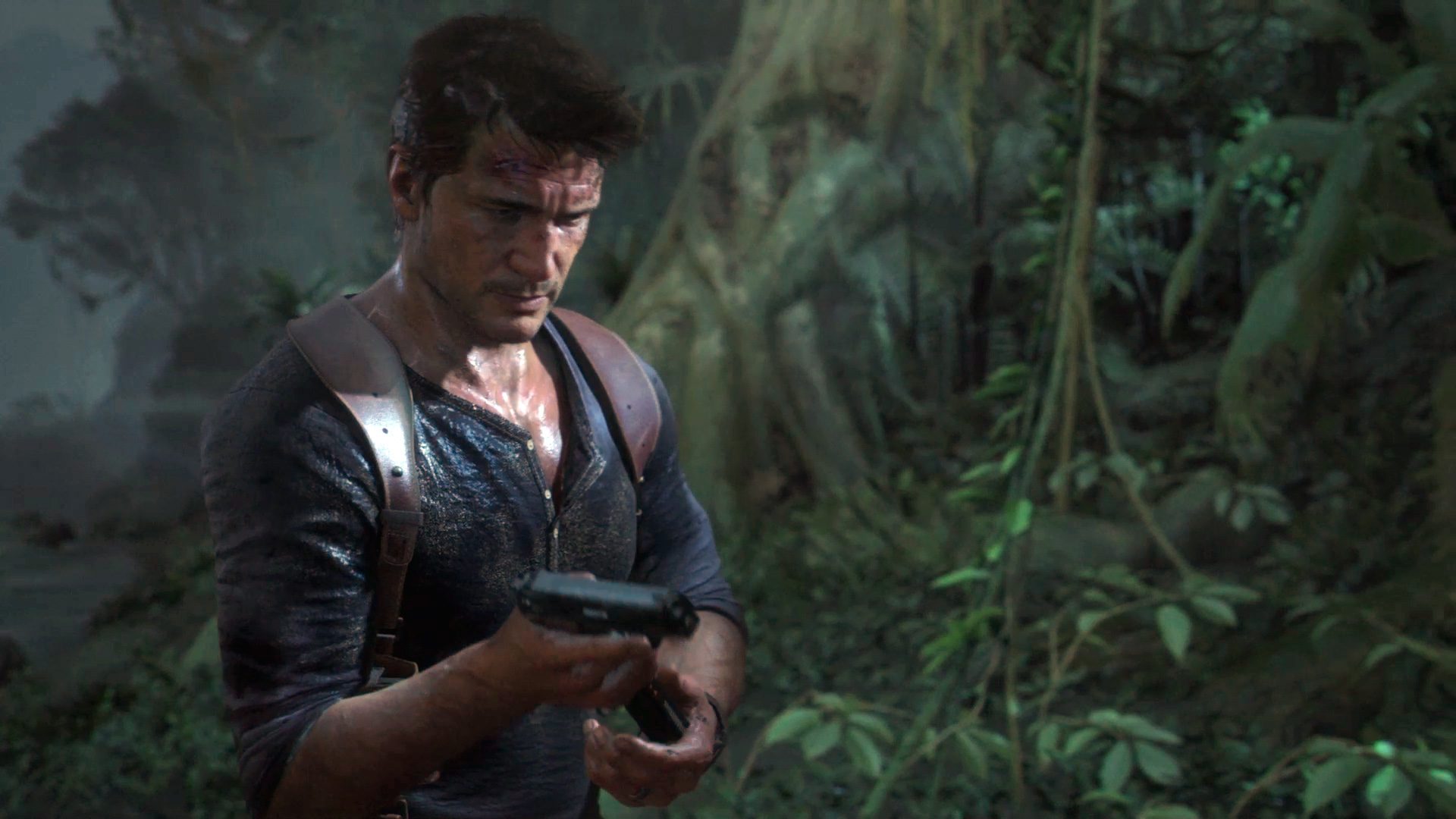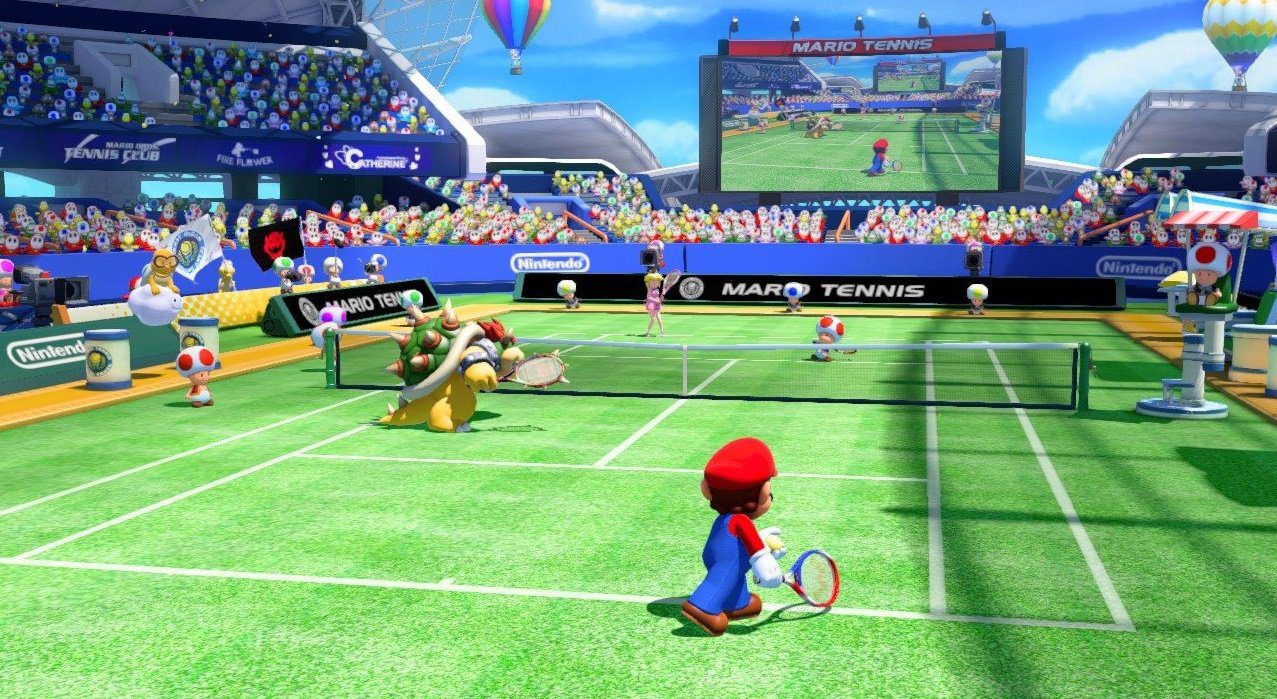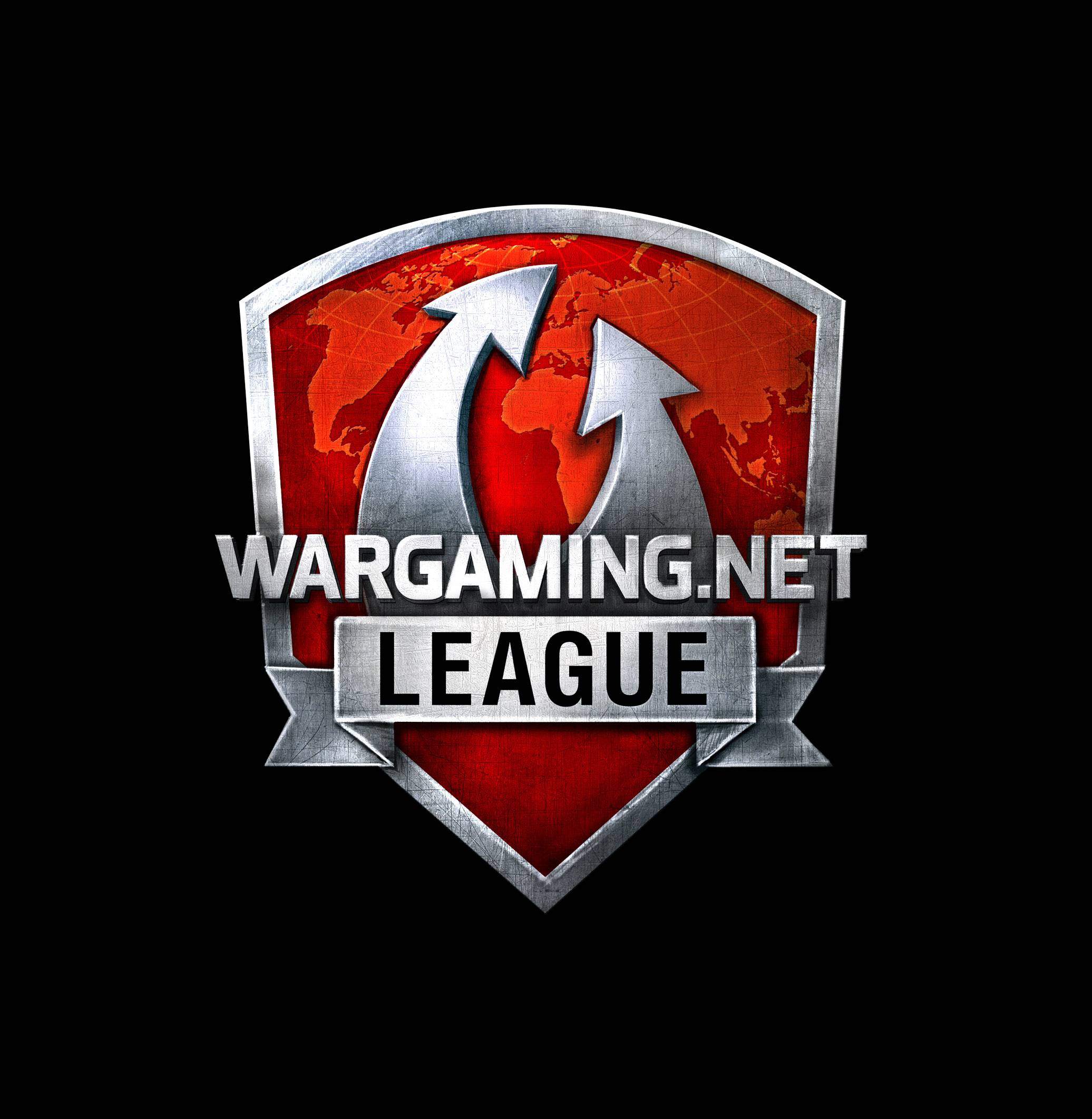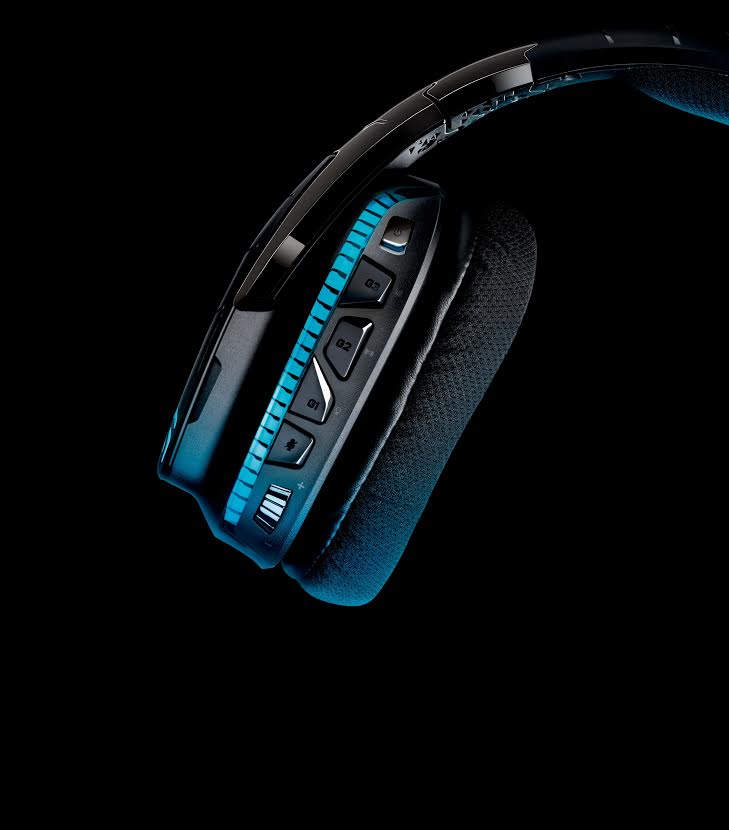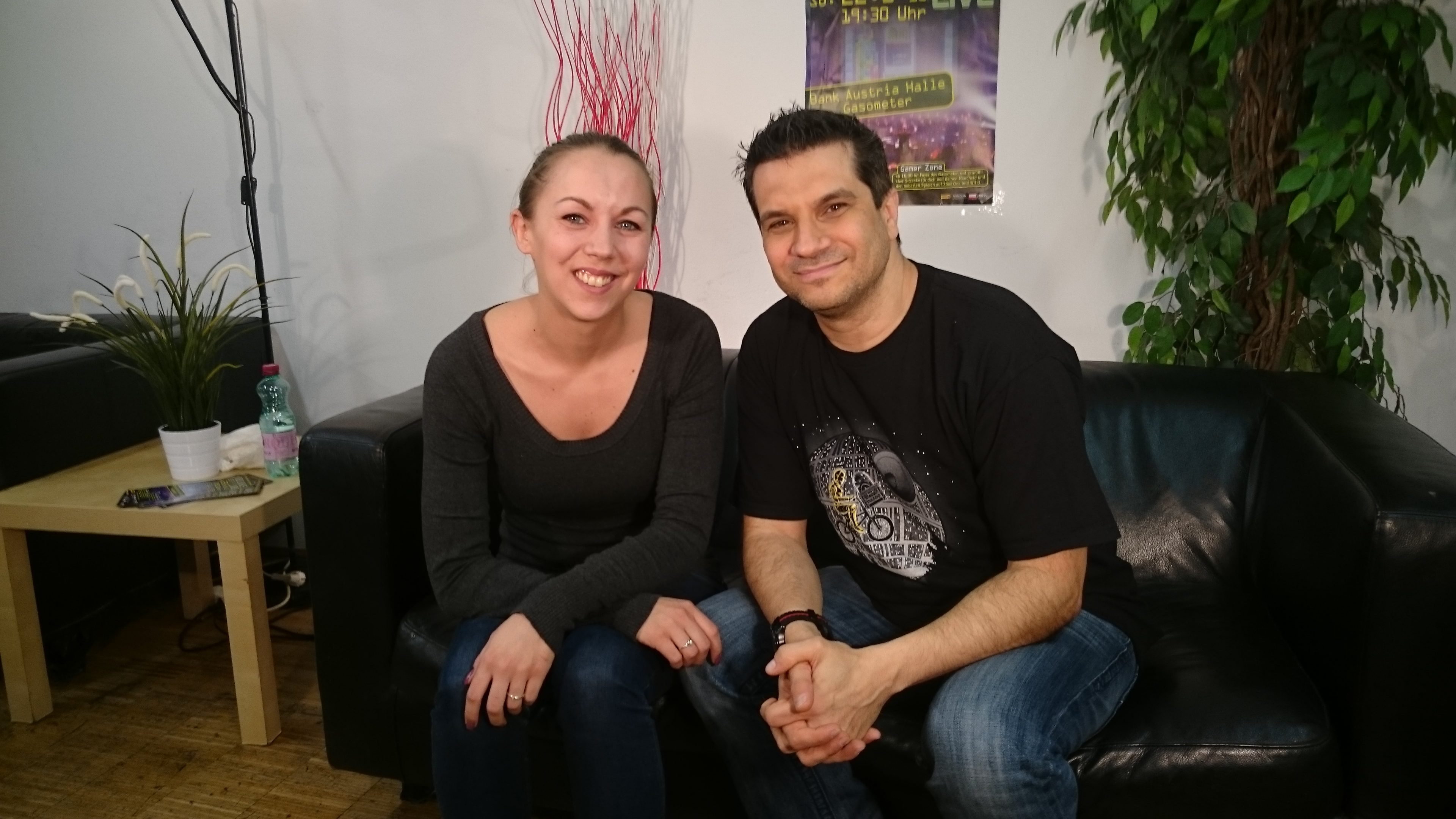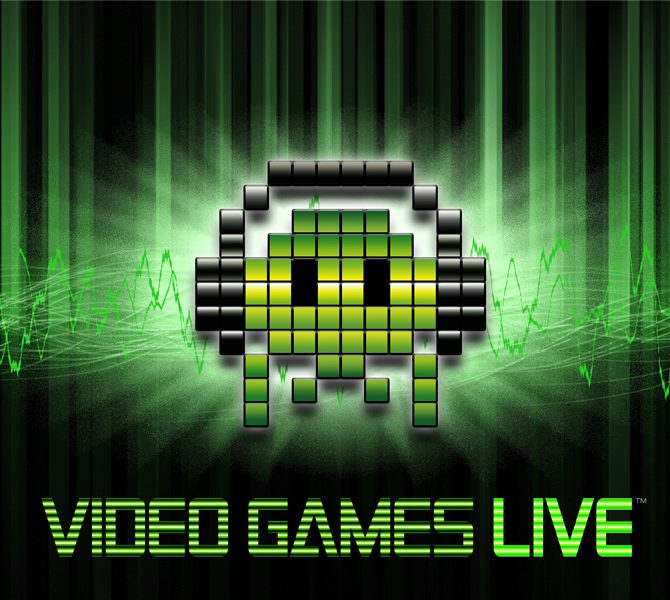Schlagwort: interview
-

Hermen Hulst Q&A: Interview with Head of PlayStation’s Worldwide Studios
Reading Time: 8 minutesJust a few days ago, I caught up with Hermen Hulst, formerly the managing director of Guerrilla. In his first interview since becoming Head of Worldwide Studios, Hulst provides insight into his new role overseeing PlayStation’s international network of game developers and creators. Our talk covers a lot of ground: from upcoming…
-

PlayStation Blogcast 326: Path of the Shinobi
Reading Time: 2 minutesEmail us at blogcast@sony.com! Subscribe via iTunes, Spotify, Google or RSS, or download here On this week’s episode of the Blogcast we’re back from our stint in a fantastical Japan with hands-on survival stories from Sekiro: Shadows Die Twice. We also cover a slew of awesome upcoming PS VR titles and ponder…
-

-

Interview with Ultimaker: Looking at the Ultimaker S5 and Shift Towards Professional Market
Reading Time: 13 minutesAll3DP travelled to Hannover Messe 2018 to witness the unveiling of the new Ultimaker S5 3D printer. To learn more about this professional-grade 3D printer and the company’s refined focus, we sat down with to Siert Wijnia, the co-founder of Ultimaker; and Paul Heiden, Senior VP of Product Management. Back in 2011, a…
-

Assassin’s Creed Origins – Release-Special | Ubisoft-TV
Reading Time: < 1 minuteKurz vor dem Release von Assassin’s Creed Origins stellt dieses umfangreiche Video die gigantische Spielwelt und die wichtigsten Gameplay-Neuerungen des Spiels vor. Zudem gibt es Einblicke in den Entstehungsprozess und die Entwicklung. Assassin’s Creed Origins liefert eine brandneue Vision für die Assassin’s Creed Marke. Sie beinhaltet Action-RPG-Elemente, wodurch Spieler aufsteigen, plündern und Fähigkeiten auswählen…
-

Uncharted 4: A Thief’s End – „Growing up with Drake“ – Zweite Episode der Making Of-Serie veröffentlicht
Reading Time: < 1 minuteheute erscheint die zweite Episode der von Naughty Dog und Sony Computer Entertainment veröffentlichten Making Of-Serie zu Uncharted 4: A Thief’s End. Nachdem der vergangene Woche erschienene erste Teil einen detaillierten Überblick über die vergangenen drei Abenteuer von Nathan Drake gegeben hat (Teil 1 „Die Evolution der Serie“), zeigt das brandneue…
-

Nintendo @GAME-CITY 2015 Wien – Talking about Mario Tennis Ultra Smash
Reading Time: < 1 minute[mbYTPlayer url=“https://www.youtube.com/watch?v=Q7YEtbk53Dc“ opacity=“.5″ quality=“medium“ ratio=“auto“ isinline=“false“ showcontrols=“false“ realfullscreen=“true“ printurl=“true“ autoplay=“true“ mute=“true“ loop=“true“ addraster=“true“ stopmovieonblur=“false“ gaTrack=“false“]
-

Wargaming.net – Interview with Community Manager – World of Tanks GAME CITY 2015
Reading Time: < 1 minute[mbYTPlayer url=“https://www.youtube.com/watch?v=RyX8hXpcouU“ opacity=“.5″ quality=“medium“ ratio=“auto“ isinline=“false“ showcontrols=“false“ realfullscreen=“true“ printurl=“true“ autoplay=“true“ mute=“true“ loop=“true“ addraster=“true“ stopmovieonblur=“false“ gaTrack=“false“]
-

Logitech G633 Artemis Spectrum Review – GAME CITY 2015 Interview
Reading Time: < 1 minute[mbYTPlayer url=“https://www.youtube.com/watch?v=8YUmSbC8TNA“ opacity=“.5″ quality=“medium“ ratio=“auto“ isinline=“false“ showcontrols=“false“ realfullscreen=“true“ printurl=“true“ autoplay=“true“ mute=“true“ loop=“true“ addraster=“true“ stopmovieonblur=“false“ gaTrack=“false“] Hier findet ihr noch mehr Infos über das neue Gaming Headset von Logitech: http://www.blogdot.tv/2015/08/27/neue-gaming-headsets-von-logitech-g/
-

Video Games Live in Vienna: Interview with Tommy Tallarico from Cerealkillerz
Reading Time: < 1 minute[mbYTPlayer url=“https://www.youtube.com/watch?v=n8OqOI80aiM“ opacity=“.5″ quality=“default“ ratio=“auto“ isinline=“false“ showcontrols=“false“ realfullscreen=“true“ printurl=“true“ autoplay=“true“ mute=“true“ loop=“true“ addraster=“true“ stopmovieonblur=“false“ gaTrack=“false“] We had the opportunity to interview Tommy Tallarico again about Video Games Live along with other Journalists from austria. Every Media had the chance to ask 2 Questions in the press conference: 1:27 Stadt-Wien.at (http://www.stadt-wien.at/) 4:26…
-

Xbox One is built for the future
Reading Time: < 1 minuteGraeme Boyd talks with Xbox Director of Product Planning, Albert Penello, about how advanced cloud computing, all new Kinect technology, and innovations in SmartGlass make Xbox One built for the future. Official Source: http://www.youtube.com/watch?v=rnQmvHsv5Tc

